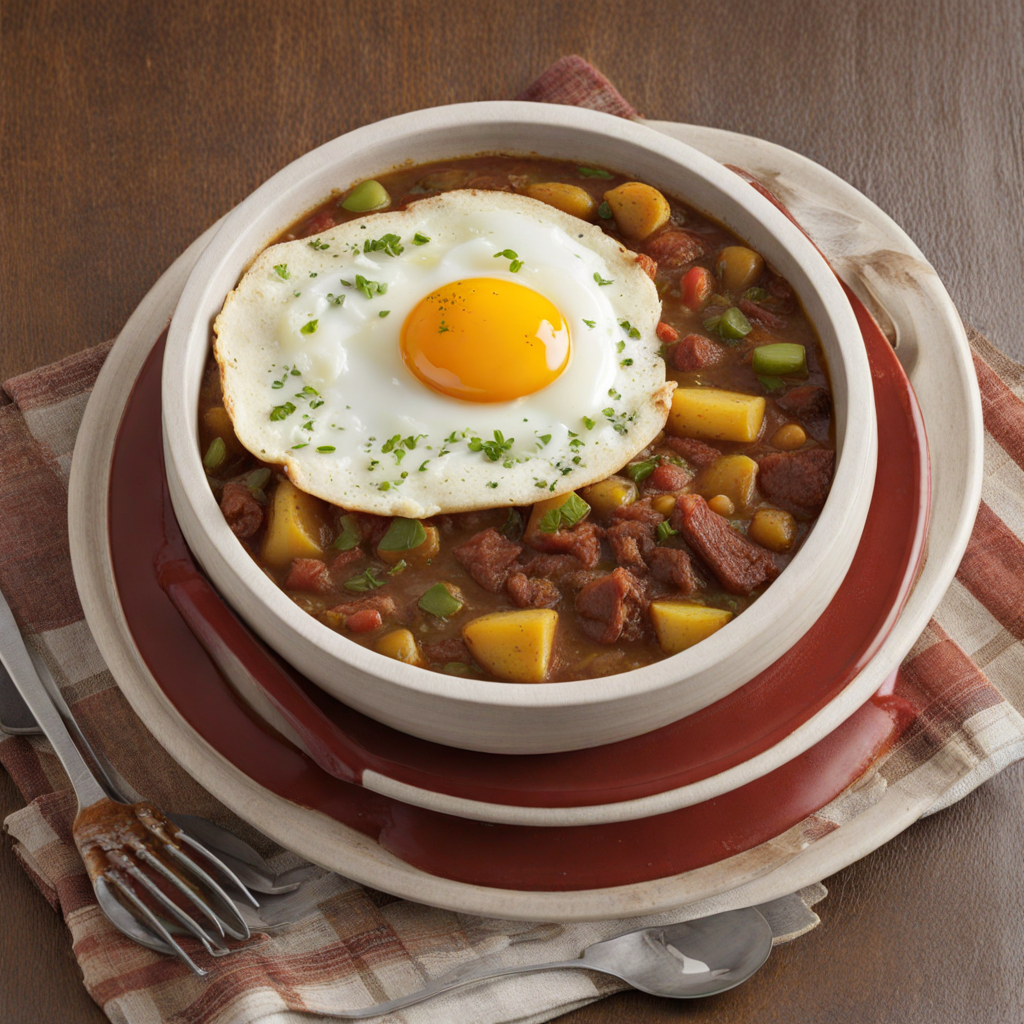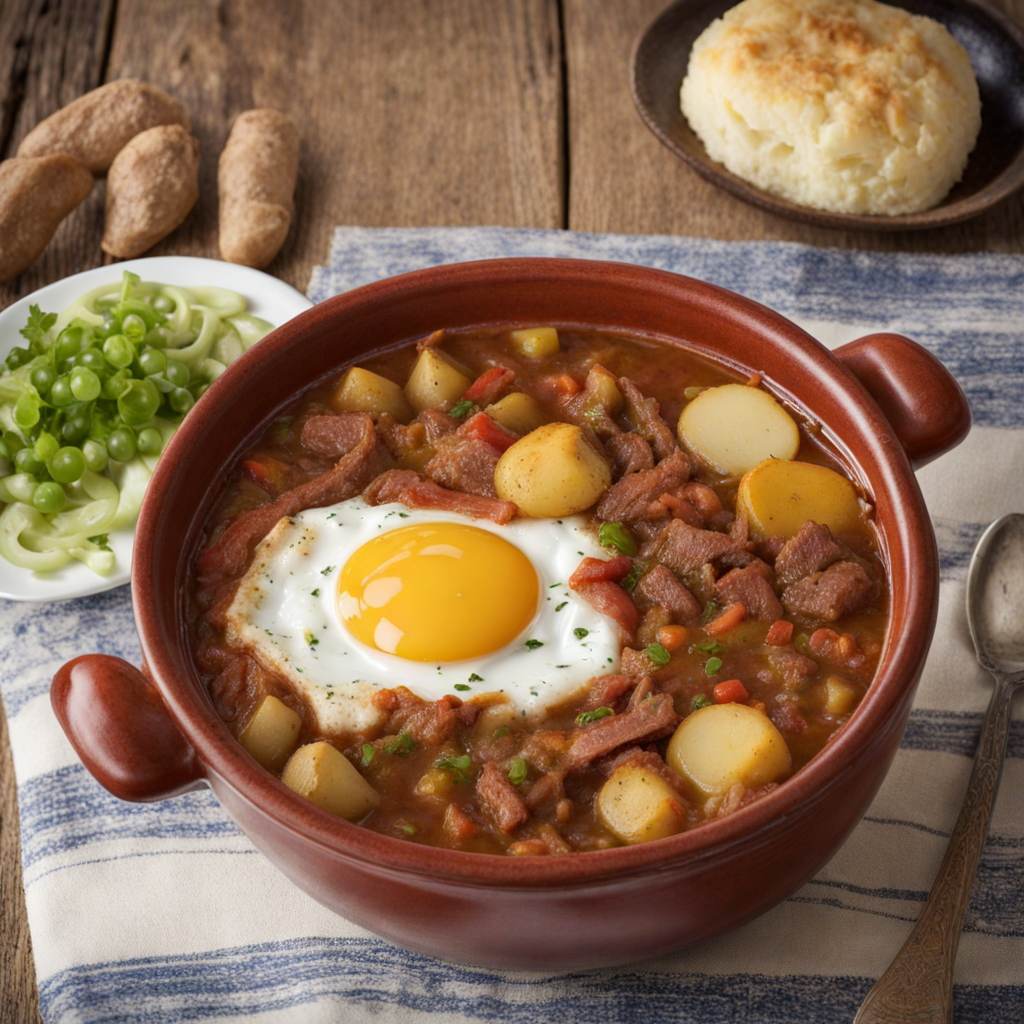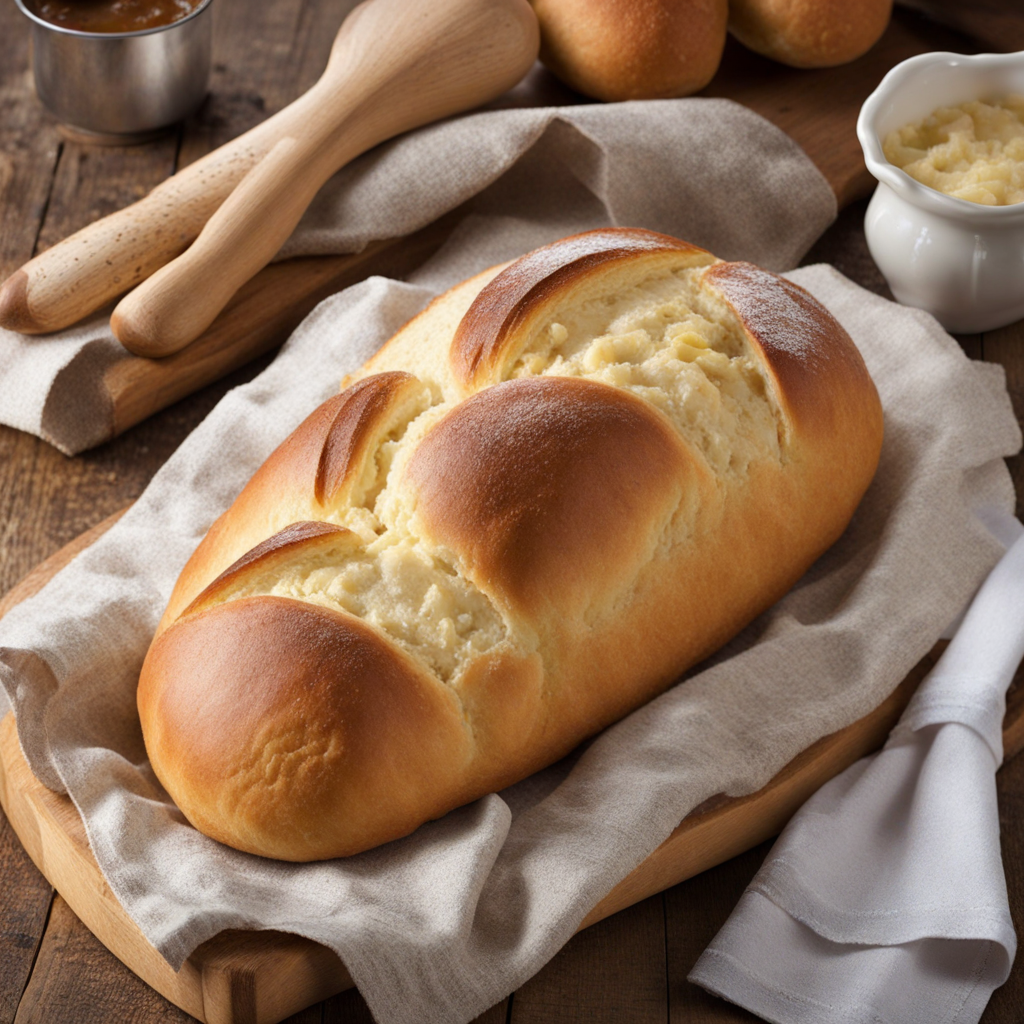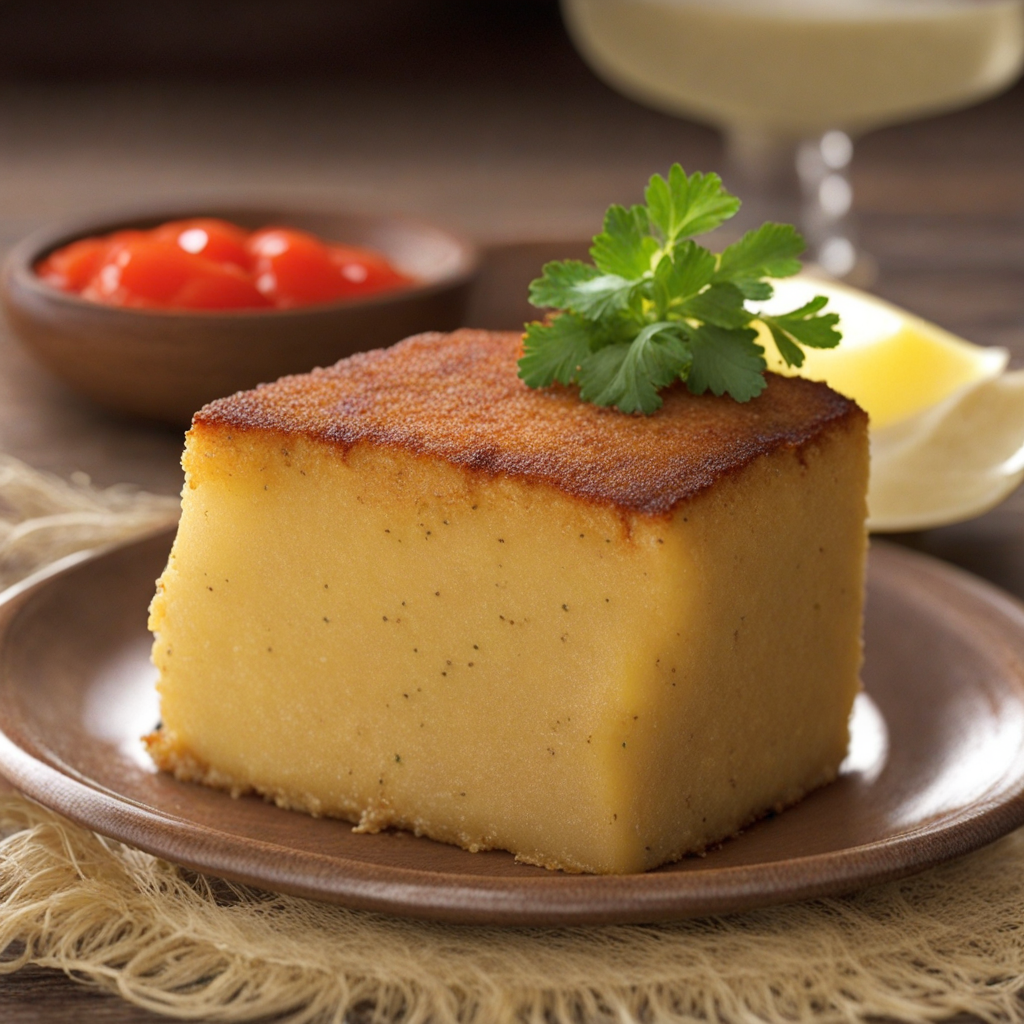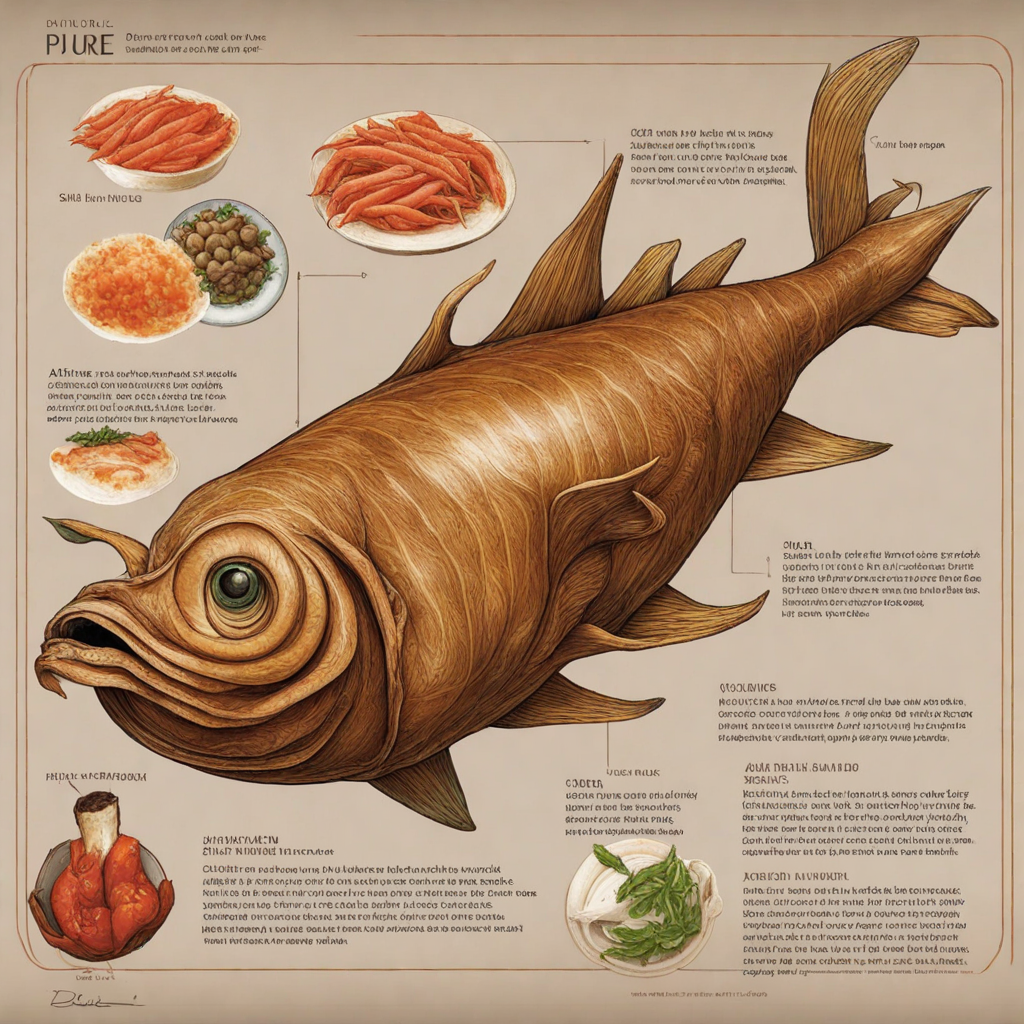Charquicán
Charquicán is a traditional Chilean dish that beautifully combines the rustic flavors of the Andes with the heartiness of a comforting stew. At its core, Charquicán typically features a base of finely chopped beef or lamb, known as 'charqui', which is dried meat that has been rehydrated. This meat is often sautéed with a medley of vegetables such as potatoes, carrots, and pumpkin, creating a colorful and vibrant mix. The addition of spices like cumin and paprika adds warmth and depth, making each bite a delightful experience for the palate. The texture of Charquicán is notably rich and satisfying, as the ingredients meld together during the cooking process. The vegetables soften and absorb the flavors of the meat and spices, while the dish is often finished with a sprinkle of fresh herbs like parsley or cilantro, which add a burst of freshness. Served hot, Charquicán is a dish that evokes a sense of warmth and comfort, perfect for sharing during family gatherings or chilly evenings. What makes Charquicán particularly special is its versatility; it can be adapted with different vegetables depending on the season, and even made vegetarian by substituting the meat with legumes or mushrooms. This adaptability not only respects the local ingredients available in Chile but also allows for an exploration of flavors that can cater to various dietary preferences. Each spoonful of Charquicán tells a story of Chilean culture, showcasing its agricultural bounty and the tradition of home-cooked meals.
How It Became This Dish
Charquicán: A Culinary Journey Through Chile Charquicán is a traditional Chilean dish that embodies the rich cultural tapestry and historical significance of Chilean cuisine. This hearty stew, characterized by its rustic ingredients and comforting flavors, has evolved over centuries, reflecting the agricultural practices, indigenous influences, and social dynamics of the nation. #### Origins and Historical Roots The origins of Charquicán can be traced back to the colonial era of Chile, where the Spanish influence began to meld with indigenous Mapuche traditions. The term "charquicán" is derived from "charqui," which refers to dried meat or jerky, a method of preservation that dates back to pre-Columbian times. Indigenous peoples, particularly the Mapuche, utilized this technique to ensure that meat could be stored and consumed throughout the year, especially in the harsh winters of the southern regions. In the 16th century, when the Spanish conquistadors arrived, they introduced new ingredients such as potatoes, onions, and various spices, which would soon become staples in Chilean cooking. The combination of local and European culinary practices led to the creation of Charquicán, which originally featured charqui (dried meat) as its primary protein source, combined with seasonal vegetables. #### Cultural Significance Charquicán holds a special place in the hearts of Chileans, often serving as a symbol of comfort and home. It is a dish that transcends social classes, appearing at the tables of both the wealthy and the humble. Traditionally, it was made during the colder months when families would gather to share a warm meal. The communal aspect of preparing and enjoying Charquicán highlights the importance of family and community in Chilean culture. Moreover, Charquicán is often associated with Chilean identity and nostalgia, particularly for those who grew up in rural areas. Many families have their own cherished recipes, passed down through generations, making the dish a living testament to familial ties and regional variations. This connection to heritage is especially poignant as Chilean society evolves, with younger generations increasingly seeking to preserve these culinary traditions amidst globalization. #### Ingredients and Preparation The beauty of Charquicán lies in its adaptability. While the base of the dish remains consistent—typically featuring potatoes, squash, onions, and some type of meat—the specific ingredients can vary widely depending on regional availability and personal preference. The traditional preparation of Charquicán begins with sautéing onions and garlic in a pot, followed by the addition of diced potatoes and squash. The charqui, often rehydrated, is then mixed in, along with spices such as cumin and paprika. The dish is simmered until the vegetables are tender, creating a thick, stew-like consistency. Some variations include the addition of corn, carrots, and even beans, enriching the dish with different flavors and textures. In modern times, Charquicán has also seen interpretations that incorporate contemporary culinary trends, such as the use of quinoa or leaner cuts of meat, making it both a versatile and nourishing option for today's health-conscious diners. #### Regional Variations While Charquicán is a staple throughout Chile, its preparation and ingredients can differ significantly from one region to another. In the northern regions, where seafood is abundant, some cooks may substitute traditional meats with fish or shellfish, creating a coastal version of the dish. In contrast, the southern regions, where agriculture thrives, often feature a heartier stew loaded with root vegetables and locally sourced meats. In the central valleys, variations may include the use of pebre—a traditional Chilean condiment made from tomatoes, cilantro, and chili peppers—as a flavorful accompaniment, while in the south, people often enjoy it alongside a fresh loaf of bread or peasant-style tortillas. #### Charquicán in Contemporary Chile As Chile continues to modernize, Charquicán has found its way onto the menus of contemporary restaurants, where chefs embrace its traditional roots while infusing innovative techniques and flavors. This evolution reflects a broader trend in Chilean gastronomy, where chefs are increasingly celebrating local ingredients and culinary heritage. In recent years, there has been a resurgence of interest in traditional Chilean dishes, as both locals and tourists seek authentic culinary experiences. Charquicán, with its rich history and comforting flavors, has become a symbol of this movement, often featured in culinary festivals and food fairs that celebrate Chile’s diverse gastronomic landscape. Furthermore, the dish has also gained international recognition, as Chilean cuisine has started to garner attention on the global stage. Chefs from Chile are increasingly showcasing Charquicán as part of their culinary repertoire, introducing it to international diners and further solidifying its status as a beloved national dish. #### Conclusion Charquicán is more than just a stew; it is a reflection of the historical, cultural, and social dynamics of Chile. From its indigenous roots and colonial adaptations to its contemporary interpretations, Charquicán has evolved into a dish that encapsulates the essence of Chilean identity. As families continue to gather around the table to share this comforting meal, Charquicán remains a testament to the enduring power of food as a connector of people, a keeper of traditions, and a celebration of the flavors of a nation. The dish’s journey through time highlights the importance of culinary heritage while inviting new generations to explore and embrace the treasures of their cultural past.
You may like
Discover local flavors from Chile


